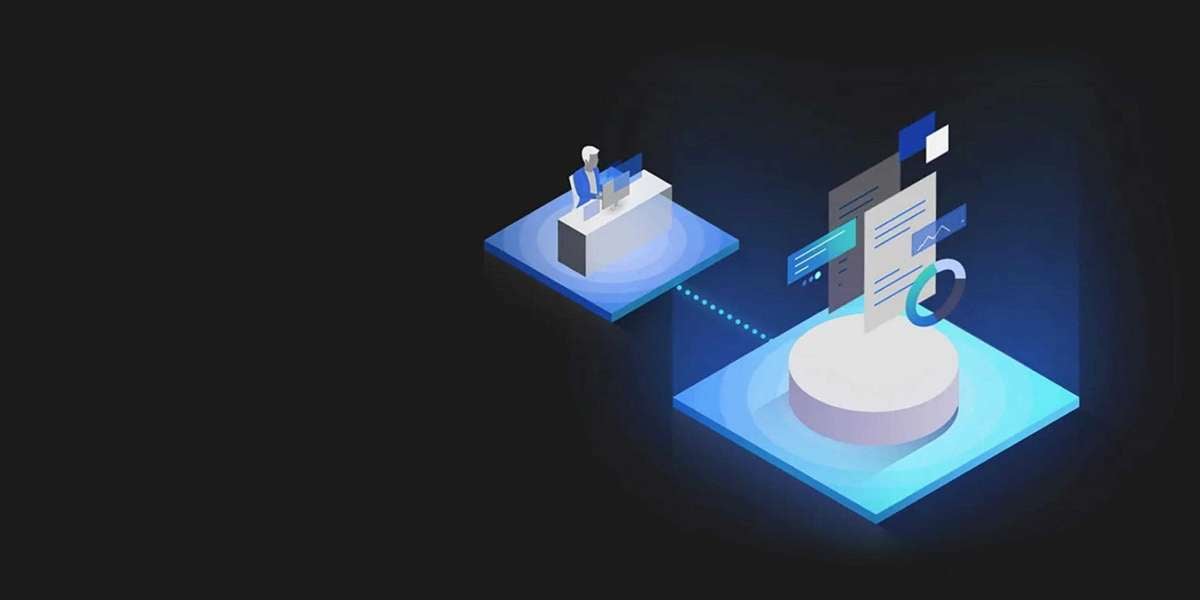EDI software, EDI networking devices, EDI standards, and EDI data mapping are some of the fundamental elements of EDI.
The production, processing, and transmission of electronic data interchange data are all made possible by EDI software.
- EDI communication protocols: These protocols make it easier to transport EDI data through a variety of communication networks.
- EDI standards and data mapping: Describes the structure, content, and format of EDI data and links it to organisational EDI transactions.
EDI Applications
- EDI is used in a wide range of industries in the accompanying directions:
- Healthcare, Banking, and Financial Services, Retail and Wholesale Trade, Supply Chain Management Manufacturing, Logistics, and Transportation
EDI in the Healthcare Industry
- Patient outcomes care: Electronic data exchange enables a more effective and efficient movement of patient data to healthcare providers, enhancing patient care. EDI plays a significant role in the healthcare industry.
- Enhanced effectiveness and cost savings: Automated interchange lowers errors and helps healthcare providers save time and money.
- Improved collaboration and coordination amongst healthcare providers: EDI makes it possible for them to communicate and coordinate in real-time.
Healthcare EDI Tools and Solutions
Organizations can utilize EDI solutions including healthcare EDI software, EDI platforms, and EDI data exchange solutions to adopt EDI in the healthcare sector. The resources and technologies required to generate, process, and share EDI data are made available through these solutions. Several well-liked EDI software products for the healthcare industry include Clear EDI, SPS Commerce, and EDI HQ.
Conclusion:
EDI has revolutionized the way organizations conduct business and exchange data. EDI offers numerous advantages over traditional data exchange methods, including improved efficiency and cost savings, increased accuracy and speed of data transfer, and improved supply chain management and collaboration. The healthcare industry has greatly benefited from EDI, leading to improved patient care and increased efficiency for healthcare providers. With the use of EDI software solutions and EDI tools for healthcare, organizations can easily implement EDI and reap its many benefits.
In conclusion, Electronic Data Interchange (EDI) is a valuable tool for businesses of all sizes. Whether you are in the healthcare industry or another industry, EDI can provide numerous benefits and improve the way you conduct business.



